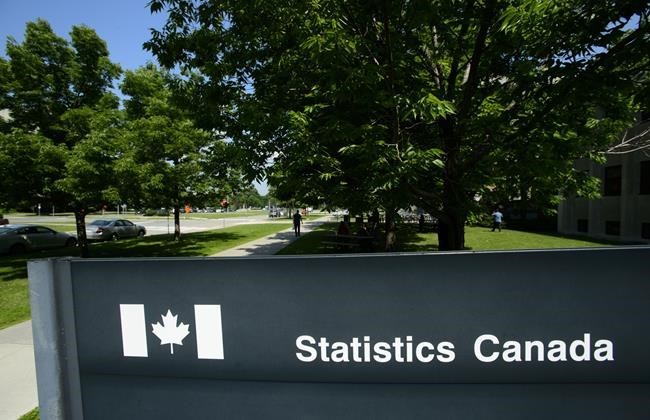OTTAWA ŌĆö Canadians have less cash to spend even as they are taking on more debt, Statistics sa╣·╝╩┤½├Į reported Wednesday, at a time when interest rates are the highest they've been in decades.
On a seasonally adjusted basis, household credit market debt as a proportion of household disposable income rose to 184.5 per cent in the first quarter, up from 181.7 per cent in the fourth quarter of 2022, the agency said Wednesday.
The figure translates to $1.85 in credit market debt for every dollar of household disposable income.
"Looking ahead, debt servicing costs are expected to continue to rise rapidly over the course of this year and peak in the second half of 2024, as interest rates are now expected to rise and remain elevated for longer," said TD economist Maria Solovieva in a note.
"This will create additional headwinds for households with a high sensitivity to interest rates (such as variable rate mortgage holders) and could result in higher delinquency rates in the future," she said.
The household debt service ratio, measured as total obligated payments of principal and interest on credit market debt as a proportion of household disposable income, was 14.9 per cent in the first quarter of 2023, up from 14.4 per cent in the fourth quarter of 2022.
That ratio is set to hit record levels, potentially in the second quarter, as the lagging impact of higher interest rates continues to filter through to household borrowing costs, said Royal Bank of sa╣·╝╩┤½├Į assistant chief economist Nathan Janzen in a note.
"The combination of higher inflation and debt payments already soaked up all of the growth in household after-tax incomes last year, and looks likely to do so again in 2023," Janzen said.
The increase came as households borrowed $16.5 billion on a seasonally adjusted basis in the first quarter including $11.2 billion in mortgage debt.
Canadians' combined outstanding debt hit a new record in the first quarter of the year, reaching $2.32 trillion, TransUnion reported two weeks ago. Average balances on most consumer credit products rose by 11.4 per cent, while average mortgage balances were up 7.1 per cent.
The total seasonally adjusted stock of household credit market debt, which includes consumer credit and both mortgage and non-mortgage loans, rose 0.6 per cent from the fourth quarter of 2022 to $2.84 trillion in the first quarter of 2023, including $2.11 trillion in mortgage debt, Statistics sa╣·╝╩┤½├Į said.
"The Bank of sa╣·╝╩┤½├Į will need to maintain a close watch on household credit performance as higher interest rates continue to weigh on Canadian households this year," said Solovieva.
The Bank of sa╣·╝╩┤½├Į had hit pause on its monetary tightening after its January hike but raised rates again last week, citing the threat of entrenched inflation. Its overnight rate is now 4.75 per cent, a far cry from 0.25 per cent in January of last year.
Janzen said the bank continues to expect a softer labour market and weaker GDP data over the second half of 2023.
This report by The Canadian Press was first published June 14, 2023.
The Canadian Press



